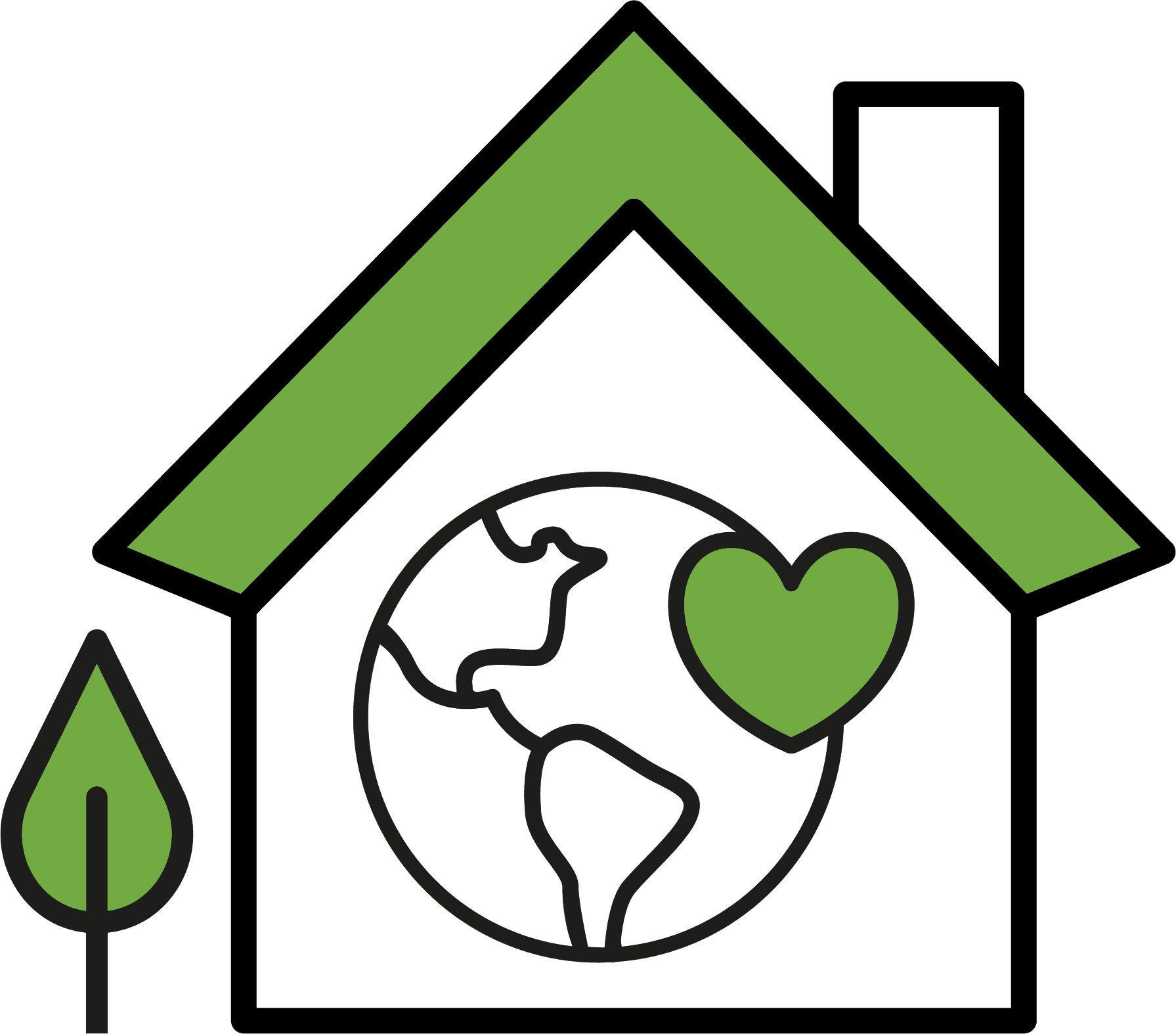Green Home Finance
Our Green Home Finance products are designed to support homebuyers and landlords that are purchasing or refinancing a more energy efficient home. They offer customers the opportunity to access reduced monthly payments and offset the carbon emissions of their home.
A Green Home Finance product rewards customers for purchasing or refinancing an energy efficient home by offering a reduced rental rate on a 2 year or 5 year fixed rate product. In addition, the Bank, at its own cost, will offset the carbon footprint of your property for the entire fixed term of the product (two or five years).
Properties will need a valid Energy Performance Certificate (EPC) rating of A or B to be eligible for one of our Green Home Finance products. A property's rating can be checked on the EPC Register. Products are available to both new and existing customers.
For new build properties that are still being built, the house builder should be asked for the Energy Performance Certificate or predicted energy assessment.
We have teamed up with Forest Carbon to offset the emissions of the property.

We have teamed up with Forest Carbon to offset the carbon footprint of an average UK property for the entire fixed term of the product (two or five years) of every Green Home Finance product.
The average UK home produces 2.9 tonnes of carbon each year*. Every time a customer takes out a Green Home Finance product we will offset those carbon emissions from the footprint. Forest Carbon develops and works with a range of carbon emissions reduction projects around the world.
Whilst the carbon market is still young in the UK, and unable to offer offsets in the short term, around the world it is more mature and projects are delivering immediate carbon savings. We are supporting a mix of renewable energy and nature-based projects.
Carbon savings occur through preventing the emissions that arise from burning fossil fuel and clearing rainforests, and through the capture of emissions by the creation of new forests.
This helps our customers to reduce their carbon footprint, and is a way for us to begin to reduce our financed emissions.
For more information, please see Forest Carbon's website.
*The average UK household’s carbon emissions generated by heating and lighting the home are 2.9 tonnes of CO2 per year. Source: Forest Carbon, April 2022
Forest Carbon develops and works with a range of carbon emissions reduction projects:
Forestal el Arriero, Sustainable Forestry, Uruguay
Project type: Agricultural, forestry and landscapes
Region: Latin America
This project represents the conversion of land in the east of Uruguay previously under extensive grazing by beef cattle to high quality and high value timber production, expected to be used for long-lived products and so ensuring continued carbon storage. Forests are re-planted after felling, providing continuous rotations of carbon capture.
The projects contribute to sustainable development in Uruguay, mainly through (1) increased employment and quality of employment; (2) rural development (decentralization); (3) improved national balance of payments through exports and value-added activity in country; (4) biodiversity preservation and (5) improvement and preservation of soil quality. Although established on former grazing land there has not been any displacement of grazing activity.
Planting is planned and laid out to protect habit at connectivity. Forestry is expected to employ more than twice as many people in the region as the displaced grazing, and also create conditions for investment in downstream timber industries.
Conservation Coast, Forest Conservation REDD+, Guatemala
Project type: Agricultural, forestry and landscapes
Region: Latin America
The project area is located in the Department of Izabal in the Caribbean coast region of Guatemala, in the Sarstun-Motagua reference region proposed by the national level REDD+ program. Belonging to the biologically diverse Mesoamerican Biological Corridor, forests in the project area are important nationally and internationally for the ecosystem services they provide.
The project is the world’s largest grouped forest-based carbon project; hundreds of diverse landowners (including governmental, NGO, private and community) have joined to protect 675 parcels of forest making up a total of 59,341 hectares. A truly landscape-scale and community-based project. Activities on the ground to develop sustainable livelihoods include working with local farmers on technical assistance, agriculture inputs and route to market for a variety of sustainably produced commodities such as spices and jungle leaves, as well as developing this beautiful coastline into a thriving eco-tourism hub.
The project is critical to local water supply, as municipal water comes from the watershed protected by this project. In addition, protecting forests along coastlines also can help in coastal defence and disaster risk reduction for local communities.
Cordillera Azul National Park REDD+, Peru
Project type: Agricultural, forestry and landscapes
Region: Latin America
Cordillera Azul National Park project is in Peru’s high forest between the Andes and the Amazon Basin. Its stunning mountains, blue lagoons, rich biodiversity, and multicultural population have justifiably earned this area the name the ‘jewel of the Peruvian Amazon’.
This project is working in a huge landscape of 3.7 million hectares (nearly the size of the Netherlands) to protect 1.6 million hectares of threatened forest. The Cordillera Azul project focuses on establishing sustainable livelihoods through technical assistance and support for transitioning land use to agroforestry systems for sustainable cocoa and coffee production. In addition, a wide community-driven programme is helping tens of thousands of local people gain access to basic services such as sanitation, health care and education.
Conservation and protection activities inside the forest include biological monitoring, scientific research, and surveillance and control of illegal human behaviour.
300MW Baspa Hydropower project
Project type: Renewable Energy
Location: Himachal Pradesh, India
This project is a run-of-the-river hydro project which supplies power to the NEWNE grid. The power generated by this project activity displaces the power that would have otherwise been generated using fossil fuels. The NEWNW grid is operating with a mix of hydro, nuclear and fossil fuel powerplants.
The project generates power by utilizing the water diverted from the flow of river Baspa. The river is fed by several nullahs and khuds and numerous glaciers. This is the largest privately owned hydro power project in India which sits at a higher altitude to any other hydro scheme. Project activity has generated direct and indirect employment for skilled and unskilled manpower during construction phase as well as during operational stage thus helping to reduce migration from the region and alleviate poverty.
The project has improved infrastructural facilities like water availability, road and medical facilities, and brought considerable investment in the region. Health care facilities in the form of a hospital, new dispensary, doctors and medical staff as well as free medicines have been arranged by the company to the benefit of people in adjoining villages.
Midilli Hydroelectric Power Plant
Project type: Renewable Energy Project
Location: Amasya, Turkey
Midilli Hydroelectric Power Plant enables 32.55MW of hydropower, designed and constructed on the Yesmilirmak river, Amasya, Turkey in order to create power for the Turkish Power Grid. A fish ladder has been built into the regulator for downstream and upstream movement of fish.
This project is expected to produce 124,050MWh of electricity per year which would otherwise have been generated by grid-connected fossil fuel power plants.
